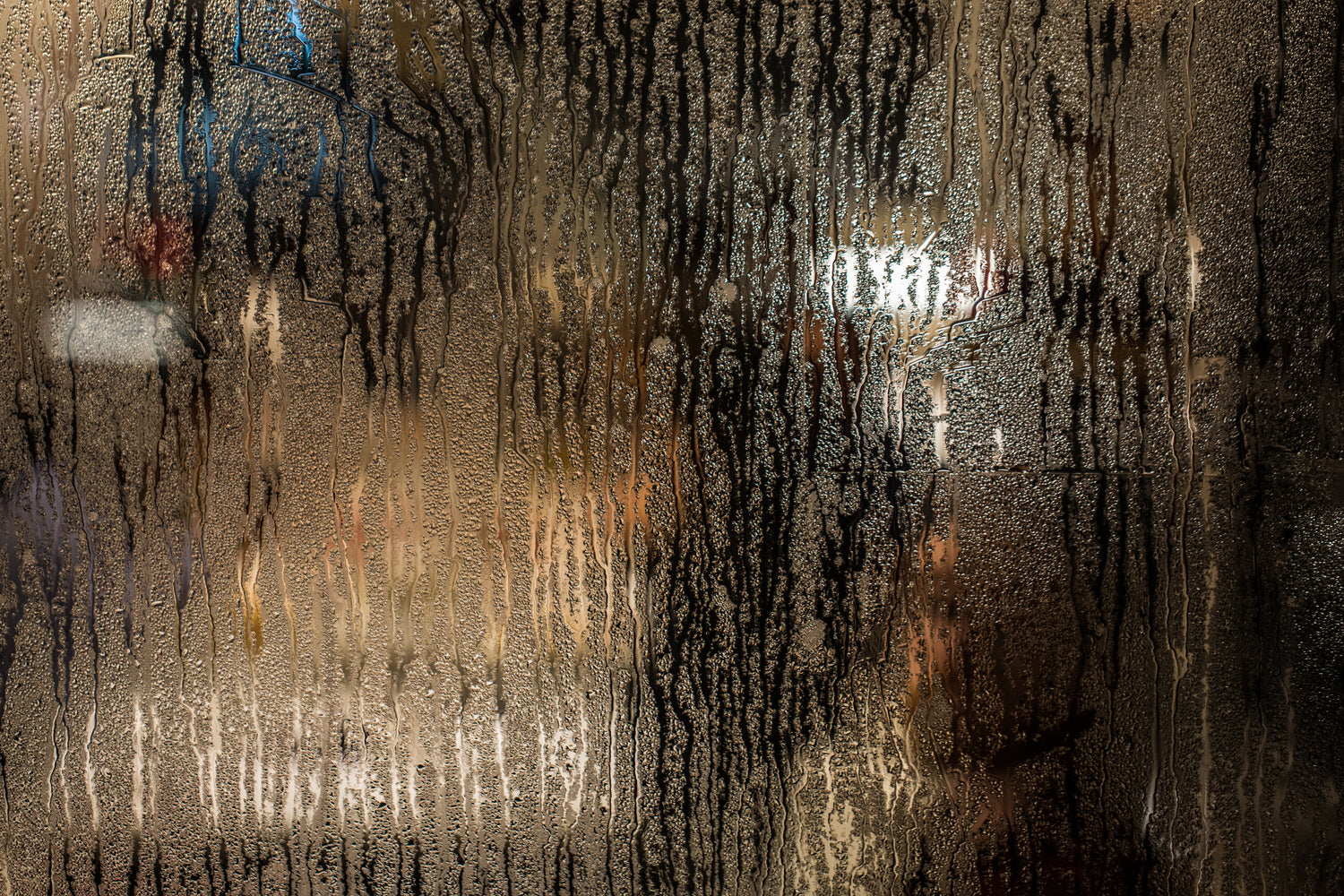opuntia
Opuntia, commonly known as prickly pear cactus or nopal, is a hardy and drought-tolerant plant that can thrive with minimal care. It's a popular choice for both indoor and outdoor gardens due to its unique, paddle-shaped pads and colorful flowers and fruits. Here’s a comprehensive care guide to help you keep your Opuntia healthy:

Sunlight
- Full Sun: Opuntia cacti thrive in full sun and require at least 6 to 8 hours of direct sunlight daily to grow well. For outdoor planting, choose a location with plenty of sunlight. Indoors, place your Opuntia near a south or west-facing window where it can receive the most light.
- Adjust for Intensity: If moving an indoor plant outdoors for the summer, gradually introduce it to direct sunlight to prevent sunburn. Start with partial shade and slowly increase its exposure to full sun.

Watering
- Drought-Tolerant: Opuntia is highly drought-tolerant and prefers to dry out completely between waterings. Overwatering can lead to root rot, so it's essential to allow the soil to dry out thoroughly.
- Water Sparingly: During the growing season (spring and summer), water the plant only when the soil is completely dry. Reduce watering in the fall and winter when the plant is dormant. For indoor Opuntias, watering once every 2-4 weeks is usually sufficient, depending on the humidity and temperature of your home.
- Avoid Watering the Pads: Water directly into the soil rather than on the pads to prevent fungal infections and rot.

Humidity
- Low Humidity: These cacti prefer dry conditions and do not require high humidity. In fact, high humidity can promote fungal diseases, especially if combined with poor air circulation.

Temperature
- Warm Temperatures: Opuntia thrives in warm temperatures and prefers conditions between 21°C to 38°C during the growing season. They can tolerate cooler temperatures in winter, but should be kept above 10°C to avoid frost damage.
